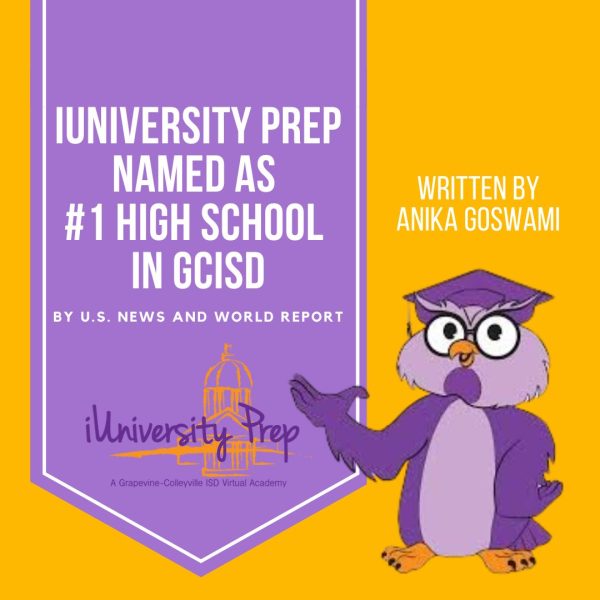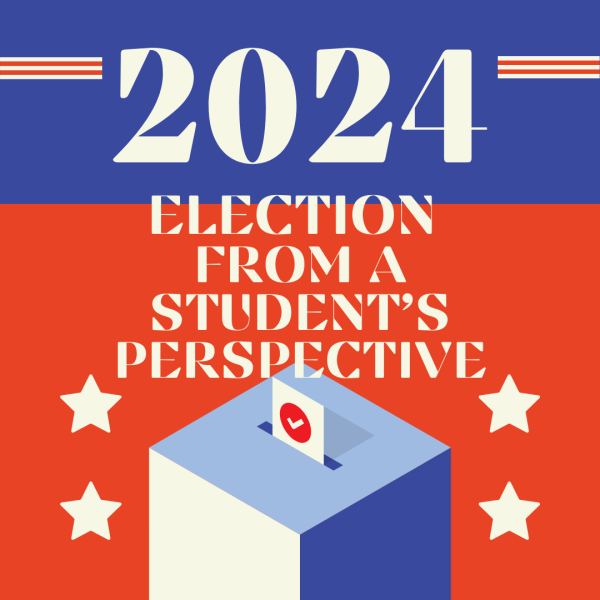NEGATIVE NEWS VS. POSITIVE NEWS
Why are we so attracted to the headlines with a bad mood?
Many of you have probably heard the word optimistic. And no, I’m not talking about an eye doctor, (that’s an optometrist). I’m talking about positivity, something that we don’t see too much of in the news world. Now, when you go to the news and you see a news story, you read it, right? You skim through it or close the tab if you’ve lost interest or keep reading if you like the article. Turns out, the news article you are exiting out of, most likely, is positive news. And the one you keep reading? Chances are, that, that news story is negative news.
What is the difference between the two?
Good news and bad news are determined by the mood of your article. Basically, if you are writing about something tragic or bleak or, well, not happy, it is negative. Things like ‘stars we’ve lost to Covid’ and ‘vaccines that aren’t working’ would be examples of topics that are on the more pessimistic side. Positive news would be quite the opposite. Writing about something that focuses on the bright sides of things are the ones we want to continue reading and writing about!
So… Why can’t we just read more positive news?
Human brains are naturally attracted to negative news. Nastiness and sob stories just grab our attention and make us want to keep reading. Why? Well, it is just the way our brain is wired! We have something called a negative bias in our brain. It just provides a greater sensibility to unpleasant headlines, and our mood is overall affected more when with a pessimistic news story. Since the beginning of mankind, human brains have evolved to hold a greater capacity of negativity because we were introduced to so many dangerous situations. However, our brains don’t make up the entire problem; 90% of all news stories are negative!
How do we solve this problem?
To be completely honest, there isn’t much at all we can change to make our brains like positive news more; nonetheless, changing how we write can give readers some better choices for more lighthearted options. In iUP, many of the people who filled out the form on gloomier articles vs. happier articles chose negative news overall. In iHoot, a student-run journalism club in iUniversity Prep, we have seen a variety of both positive and negative news, but staying balanced is key. However, being balanced doesn’t mean a half and half equilibrium. The perfect ratio is 5-1, 5 being positivity and 1 being negativity. How to do that exactly? Well, making sure your articles focus on both sides of the problem or point can definitely balance our news! For example, instead of writing an article about all the celebrities who have died during Covid-19, also include the stars who have recovered from this virus. Making headlines a bit more optimistic can also balance out negative news statistics.
According to numerous studies and reliable sources, there is no doubt that negativity in news articles and stories tends to attract us more so than not. Not only that but, unfortunately, a vast amount of the articles published are definitely more downbeat. So the next time you write a story or publish an article, stay focused on the positives, and always make sure to look on the bright side!
Sources:
“17 Undeniable Negative News Statistics You Need to Know.” Letter.ly, letter.ly/negative-news-statistics/.
“Our Brain’s Negative Bias | Psychology Today.” Www.psychologytoday.com, www.psychologytoday.com/us/articles/200306/our-brains-negative-bias#:~:text=Why%20our%20brains%20are%20more%20highly%20attuned%20to. Accessed 26 Apr. 2021.

Hi! My name is Eylee Pennings, I am 11 years old, I live in Austin, TX, and I am a staff writer in iHoot! This is my first year at iUniversity Prep! I...







